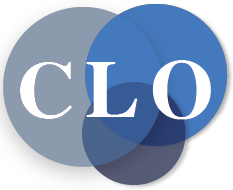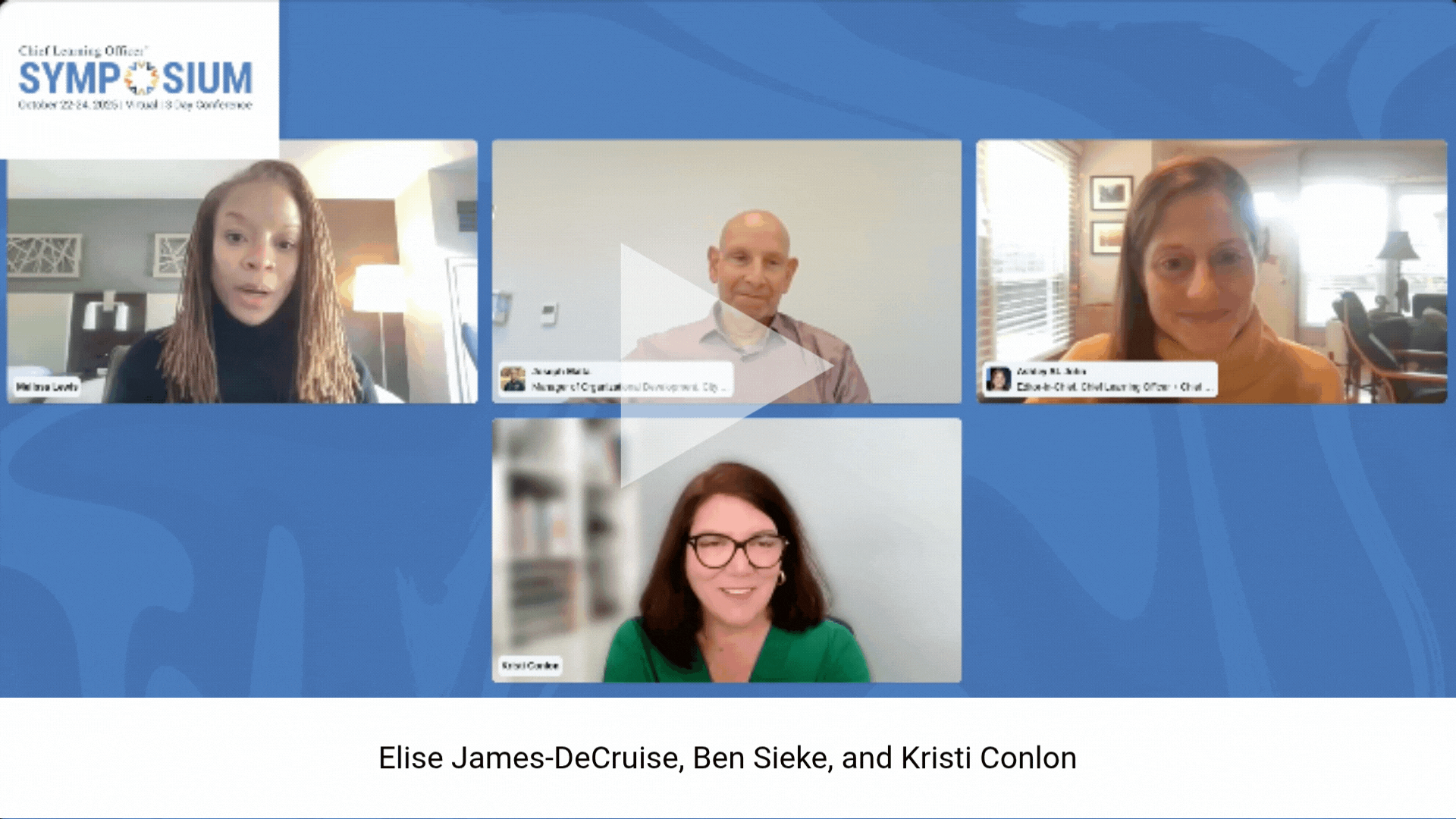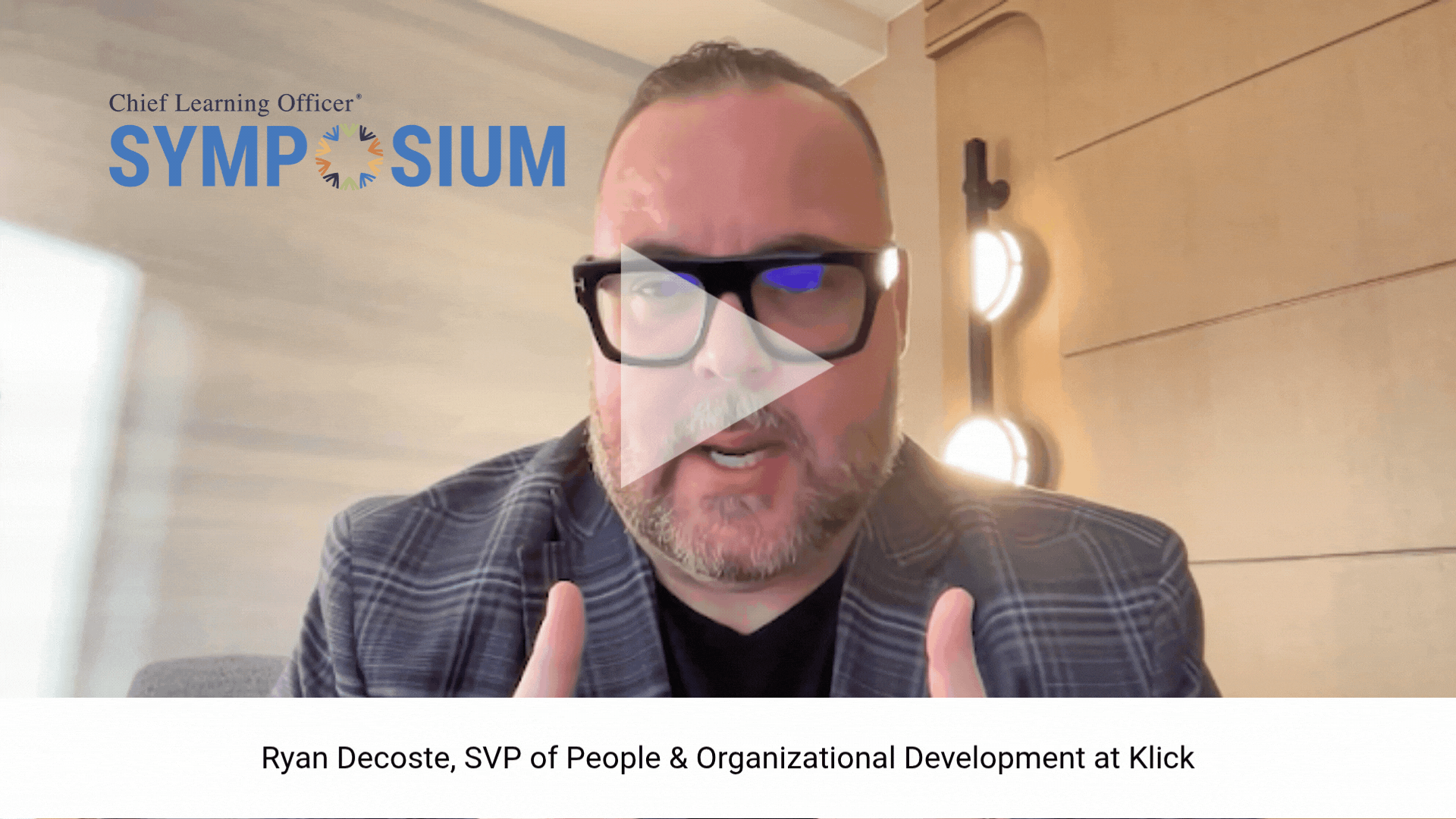As the economic climate improves, and companies transition from a bottom-line focus to a top-line focus, businesses must respond quickly to new opportunities and changes in the landscape. In this ultra-competitive economy, enterprises are introducing products, services and processes at an accelerating rate.
Companies must respond quickly and effectively to opportunity. To be successful, they must rapidly respond to new opportunities and continually search for ways to maximize the impact of resources.
This faster pace influences all business functions, especially workforce learning and performance. Every function must maximize its resources to produce the highest-possible impact.
Learning and performance are no different. Learning organizations have reduced resources and must manage a larger number of training projects requests. In addition, these projects are completed in shorter periods to retain competitive advantage.
Learning leaders must implement criteria to select the highest-impact projects based on the business value they will provide. This ensures learning and performance projects provide the best results.
In this process, we must ask ourselves tough questions:
The Evolution of Training Evaluation
The introduction of evaluation has served corporate learning well. Its application has added a business rigor to corporate learning that did not exist and has forced us to look at our industry in a new way. The training industry has not always had this level of accountability.
In fact, several years ago, I saw this quote from Brandon Hall: “There is no other workplace issue where so much money is spent with as little accountability as training.”
Accurate measurement of training impact can be elusive, time-consuming and expensive, and it often produces results that lack credibility. Nonetheless, the existing evaluation methodologies have served our industry well.
We must ask, however, whether there are other methodologies to evaluate training and performance initiatives that might serve our fast-paced business environment even better. I think there is, and I call it guerrilla ROI.
Introducing Guerrilla ROI
We always have this image of a scruffy-looking, bearded man in fatigues when we think of “guerrilla.” In fact, the word has been used many times recently to describe warfare, marketing tactics, music, social movements and even gardening. For our purposes, we will assume guerrilla activity has the following characteristics:
Why Guerrilla ROI is Important in Today’s Business Environment
1. Almost without exception, learning organizations receive more requests for projects than they have resources to complete them.
2. The learning and performance organization is resource-constrained and must develop processes to ensure it completes the highest-impact projects.
3. Traditional evaluation criteria are often inconsistent with the goals and culture of modern business.
4. Business today needs credible criteria to evaluate the impact of learning initiatives that is quick, accurate, a priori and reflects the goals, as well as culture, of the company.
5. Business success is not an exact science. It is like the voyages of the early explorers — you need to have a legitimate goal, a good ship, a capable captain, a competent crew and clearly defined measures of success. With these things in place, in spite of the uncertainties, you can still get as close to your goal as possible.
The Role of Guerrilla ROI: Making the Best Business Decisions
In guerrilla ROI, the characteristics of evaluation change from an evaluation of what has happened to a projection of what will happen.
The evaluation is not quantitative but qualitative, and it is based on assumptions about the company’s strategy, communications, people and learning organization. Consider two types of evaluation:
Guerrilla ROI Doesn’t Worry About …
In another phase of my professional career, I used to spend a lot of time with Dr. Donald Kirkpatrick, the father of modern evaluation. Nevertheless, even he had a subjective side, and one time he told me, “If a company has good, motivated employees with well-designed and delivered training programs, something good has to happen.”
Some of the underlying assumptions of this statement are:
All this means that when we select projects using guerrilla ROI, we will assume these things will happen, as they should. We just need to select the best projects.
Building the High-Impact Project Portfolio
A critical element in accomplishing the aforementioned goals is developing a portfolio of learning projects that provide maximum business impact. Nearly every learning and performance organization has requests for more learning projects than it has the resources to complete them. These candidates’ projects come from many sources:
1. Projects generated in response to needs in the corporate culture (such as leadership or management training).
2. Mandated projects such as compliance training, i.e. Sarbanes-Oxley.
3. Projects in response to immediate problems not identified previously (such as shortcomings in sales, rapid declines in customer satisfaction or increases in product rework and callbacks).
4. Projects in close support of corporate business objectives that are cascaded down to an actionable level and must be implemented.
5. The project supports a larger one.
So, what are some the first questions we might ask to reduce 50 candidate projects down to 20 we know we can complete? The first step should be to prioritize the projects in terms of their business value, the challenge being how to determine the value that project will provide.
One of the first steps must be to develop a project-intake process and portfolio-management strategy that optimize available resources and maximize business impact. Using the guerrilla ROI process, these criteria are not quantitative but qualitative.
Building Our High-Impact Project Portfolio
The criteria to develop a high-impact project portfolio tend to be in this order of priority:
1. Mandated projects such as compliance training, i.e. Sarbanes-Oxley.
2. The project supports a larger one.
3. Projects in response to immediate problems not identified previously (such as shortcomings in sales, rapid declines in customer satisfaction or increases in product rework and callbacks).
4. Projects in close support of corporate business objectives and cascaded down to an actionable level.
5. Projects generated in response to needs in the corporate culture (such as leadership or management training).
Evaluation criteria such as an extremely high ROI are not on this list — many industry experts observe that the decision criteria top-level executives use often are not quantitative or financial. Rather, they tend to revolve around achieving established business objectives.
We live in a business world that says, “Here are the overall strategic objectives of our company (or business unit, business function, division, department, individual). Use your resources to support the achievement of those goals. I will check in on you in 60 days.”
In many cases, a company’s goals and its associated financial justifications already have been determined. What we are looking for is a way to determine the projects with the highest business impact from the larger pool of candidate projects. What is left is to find ways to select the projects that best support the achievement of these objectives.
Who Should Decide?
The individuals and governance companies use to make project selection varies according to company size, organization, funding sources and type of training content key factors. Examples include:
In deciding on projects, decision makers face many challenges. Foremost is informing sponsors that their project did not make the cut. Often, these are scheduled into an undefined future development time slot to avoid confrontation. If the project sponsor has funding, the project might be pushed back to the requesting organization for completion.
Guerrilla ROI reflects how organizations make the decisions that build their learning project portfolios. It is a decision process that supports company business objects and provides an optimal blend of accountability, responsiveness and business alignment.
Mark Bower is the president and founder of Edge Interactive. He can be reached at editor@clomedia.com.















